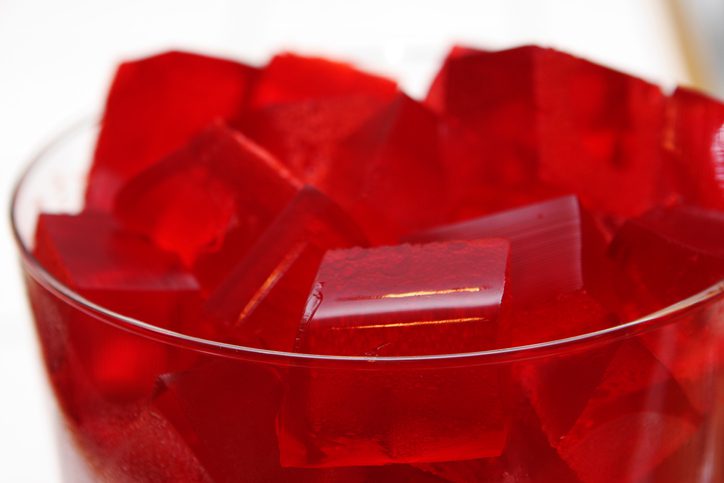4 supermarket staples that can boost your post-ride recovery
Foods that can aid your recovery and help you perform better on the bike

Cyclists love looking for any slight edge they can get in their training, equipment, recovery and nutrition. Below is a list of four foods that are ideal for increasing recovery and performance among endurance athletes.
Beets
In 2007, researchers from the Swedish School of Sport and Health Sciences found that cyclists and triathletes supplemented with sodium nitrate had a lower oxygen demand when they worked out when compared to placebo (salt pill). Researchers then began testing food sources (beets and leafy green vegetables) high in nitrate to explore their effects on performance.
Nitrate on its own does little. But when consumed in the diet, nitrate is then converted into nitric oxide in the gut. Once in the muscle, nitric oxide can improve blood flow to the muscles, muscle contraction efficiency and energy generation by mitochondria.
Extensive research in this area has shown that beet juice supplementation lowers the oxygen demand of exercise and improves performance. Although solid vegetables aren’t usually used in these studies, they can be effective too. Beetroot and spinach contain about 250 mg of nitrate per 100 grams.

Leafy Greens
Another place to get your nitrates are from leafy greens. Kale and collards greens are two tasty examples of vegetables with nitrates. While getting nitrates from the source isn’t as concentrated as a supplement, eating whole foods provides you with many other necessary nutrients.
Coffee and Tea
Caffeine is a legal performance enhancer, so a cup of coffee or tea is encouraged for a pre-ride boost. Not that we need to tell you that since a coffee stop is probably already part of your ride routine.
Jell-O
According to Alex Hutchinson in Outside Magazine, Jell-O could aid athletes significantly in the recovery of connective tissue. According to Hutchinson, “Gelatin alone won’t cure you. According to researcher Keith Baar [UC Davis], its role is to amplify the effects of exercise on the targeted tissue. But you need to optimize the exercise for the connective tissue you’re trying to heal or strengthen.”
Hutchinson says that ligaments respond to certain amino acids like proline, which is a key component of collagen. “To figure out the best way to administer proline to humans, Baar did some online research and concluded that the best option was that old-school dinner-party staple, gelatin.”
The link between gelatin and connective tissue requires more research, but if you’re struggling with injuries, making some Jell-O for dessert wouldn’t be a bad idea.



